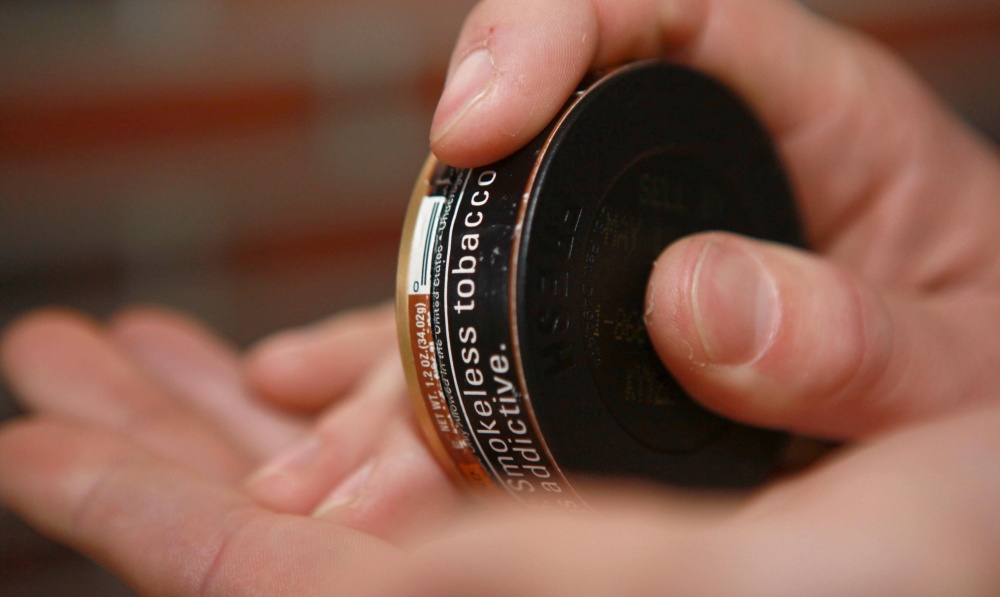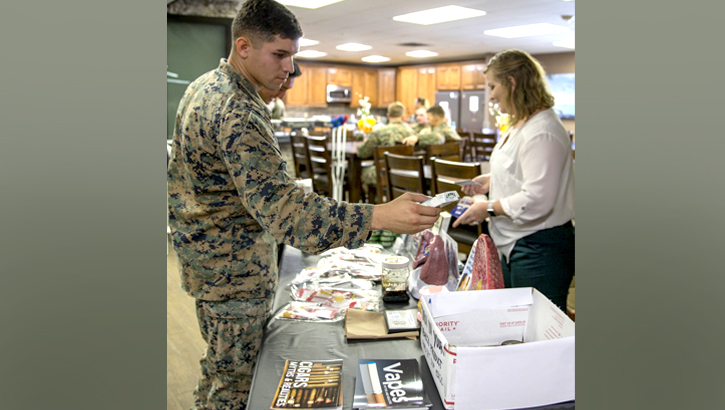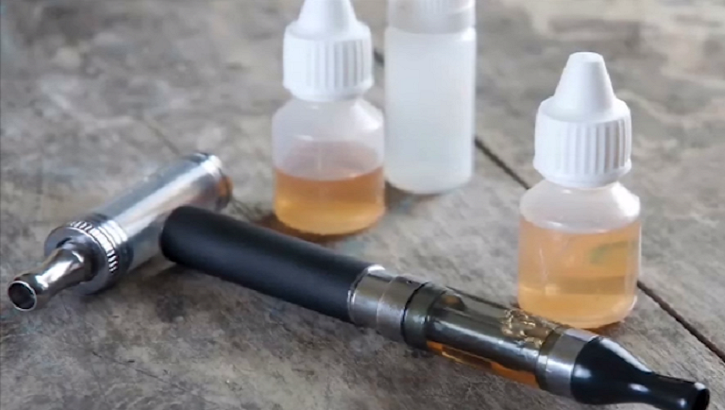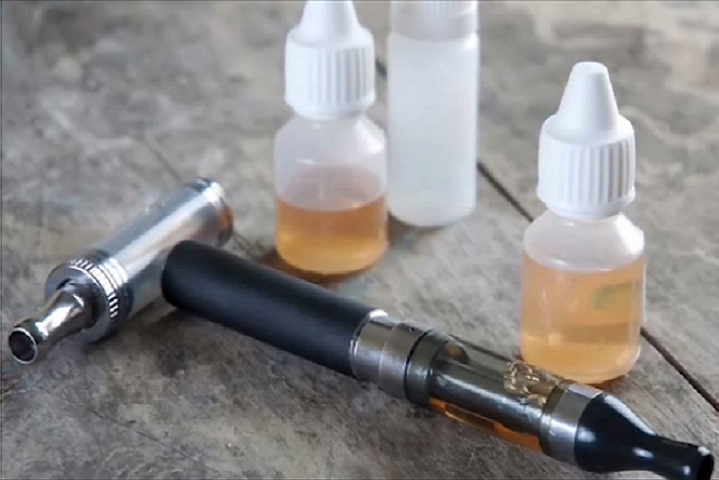
Spit smokeless tobacco out – for good

Smokeless tobacco is not a healthier alternative to smoking. Links exist to its use and several cancers – not to mention leathery patches in the mouth, stained teeth, and bad breath. Users can take advantage of the Great American Spit Out Feb. 20 to begin their path to a tobacco-free lifestyle. (U.S. Marine Corps photo by Cpl. Paul Peterson)
Smokeless tobacco use by service members is much higher than in the U.S. adult population. This fact concerns the military medical community. Users say it helps with alertness, and allows them to stay connected with peers. But evidence links products like snuff, dip, and chewing tobacco to cancer and poor oral health. Such products also contain nicotine and are addictive.
To the Military Health System, using tobacco in any form poses a threat to readiness and the overall health of the force. Smokeless tobacco contains over 30 chemicals that cause cancer. It’s not a safe alternative to other forms of tobacco, like cigarettes.
Today, Feb. 20, MHS encourages all smokeless tobacco users to stop – even if just for a day – for the Great American Spit Out. One day might lead to a second and set users on a path to stopping for good.
“We know that nicotine helps with alertness. But smokeless tobacco products also have negative effects on dental, readiness, and long-term health,” said U.S. Public Health Service Capt. Kimberly Elenberg, director of the Defense Health Agency’s Total Force Fitness office.
DoD’s tobacco education campaign, YouCanQuit2, urges tobacco users to assess their readiness to take action and make a plan to quit.
YouCanQuit2 provides many resources to service members and beneficiaries on their journey to becoming tobacco free.
“We’re providing them with education, and also support for quitting tobacco if they so choose,” Elenberg said. “This includes a 24/7 Live Chat for questions, support, and encouragement, as well as an interactive savings calculator.”
YouCanQuit2 can help people quit in several ways. There are tips for writing a quit plan, and for managing cravings and stress. There’s information on prescription and over-the-counter products to help people quit. There are even ideas to prevent weight gain. Plus, care providers can order and print out campaign materials.
TRICARE offers many benefits aimed at quitting smokeless tobacco use. TRICARE-authorized providers can counsel beneficiaries age 18 and older who live in the United States or District of Columbia. Medicare recipients are not eligible.
Research shows that using a program and a product together increases chances of quitting for good. As a result, coverage of tobacco cessation products is provided through military pharmacies or the TRICARE pharmacy home delivery program. These products include Chantix, Zyban, and nicotine replacement therapy, such as nasal sprays, inhalers, patches, gum, and lozenges. There’s no cost, although brands vary by pharmacy and generics may be provided. A prescription is needed for all products from a TRICARE-authorized provider, even if the product can be bought over the counter. The minimum age is 18 and Medicare recipients are not eligible. None of these products are covered at retail pharmacies.
Coverage of products and counseling for service members and beneficiaries stationed overseas is provided for those enrolled in TRICARE PrimeA managed care option available in Prime Service Areas in the United States; you have an assigned primary care manager who provides most of your care.TRICARE Prime Overseas.
The government has other help available. Mobile apps found at Smokefree.gov make support as close as the smartphone. Smokefree.gov also provides DipfreeTXT, a texting program for those who want to quit.
On the Great American Spit Out 2020, there have never been more ways to spit out tobacco for good.
Air Force warns Airmen of e-cigarette risks
Article
12/16/2019

Many e-cigarette products have a higher concentration of nicotine
DHA brings big guns to bear in the war against tobacco use
Article
11/21/2019

An “edgy and honest” approach to educating service members and beneficiaries
Anti-Vaping Communications Toolkit 2019
Publication
10/22/2019
This toolkit provides an overview of MHS products highlighting resources to quit tobacco products, articles about the risks of e-cigarette use, and links to other resources.
Military exchanges extinguish vape sales
Article
10/18/2019

The long-term effects of vaping are unknown and not understood
Health agencies investigating severe lung illnesses linked to e-cigarette use
Article
9/12/2019

Thirty-three states report 450 possible cases, six deaths
Smoking in disguise: Electronic smoking devices labeled ‘healthy’ can be misleading
Article
9/25/2018

E-cigarette, vaping on the rise among teens and young adults
Getting off tobacco road leads to renewed relief
Article
8/10/2018

One service member’s struggle to become smoke-free
Medical Encounters for Tobacco Dependence, U.S. Armed Forces 2015 and 2016
Infographic
5/30/2017

This infographic documents medical encounters for tobacco dependence and individuals affected from the U.S. Armed Forces between 2015 and 2016.
Smokeless Tobacco Use in the US Military
Presentation
11/1/2016
Smokeless Tobacco Use in the US Military briefing to the Defense Health Board, Nov. 1, 2016.
Practice Healthy Living Habits
Infographic
1/19/2016

A list of healthy living habits you can take on in 2016.






















.png)











No hay comentarios:
Publicar un comentario